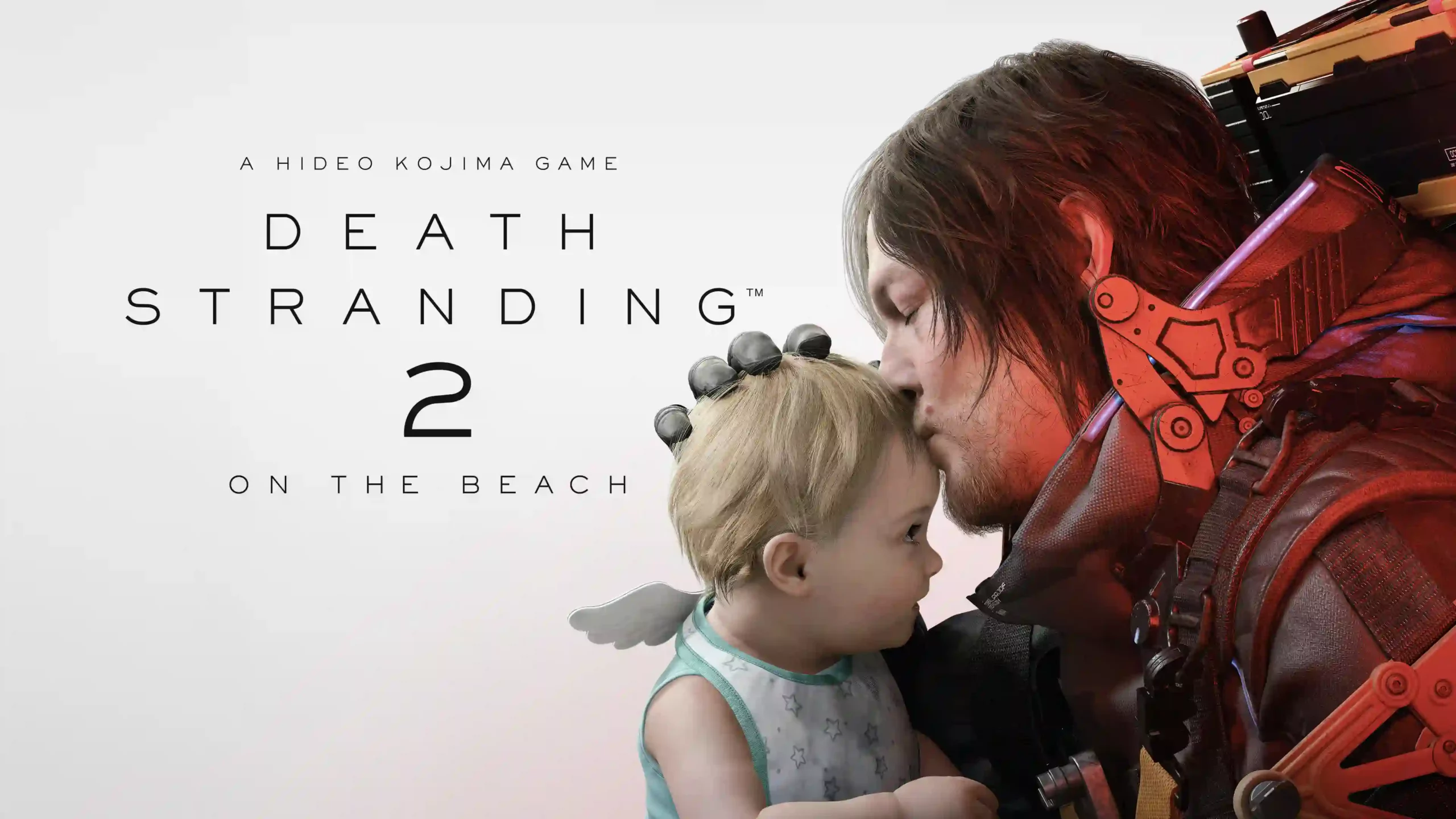Kojima Productions’ Death Stranding 2: On the Beach is an audacious and ambitious sequel to Hideo Kojima’s genre-defying strand-type game. Available only for the PlayStation 5 on June 26, 2025, this game expects you to know the original game world and mechanics well. It’s also assuming they’ve accepted its strange mix of open-world exploration, delivery simulation, and cinematic storytelling. People who found the first game’s pacing too sluggish, its story too opaque, or its mechanics too odd may find this sequel tricky. Death Stranding 2 will invite players into a 30-to 50-hour experience that’s weird, interesting – and sometimes uneven, although fans of the first will be pleased. This experience cost $69.99, and it was already quite an investment of time and money that does not come without flaws but will be memorable nonetheless.
Understanding the World and Story
The story of Death Stranding 2 is difficult to summarize, as even the game itself can’t recap the events of the first title. The world of Death Stranding has blurred the lines between life and death. This has unleashed “BTs,” or “beached things,” which are ghostly beings who cause huge explosions when they contact the living, threatening mankind to wipe us out. Sam Porter Bridges, whose role is played by Norman Reedus, is a repatriate capable of coming back from the death. That’s a very special talent. It makes him the key to reconnecting the ruined society through the Chiral Network, which is a supernatural, fast internet from the dead realm.
In the game’s first release, Sam was able to connect the UCA thanks to a pod-locked infant called a BB. His adopted sister happened to be a paranormal entity, that was tasked to cause extinction but betrayed him. Sam convinced her not to go on a mission to end the world, defeated a dude called Higgs who wanted to end the world, and escaped with the BB who is a growing toddler now. Death Stranding 2 will see Sam living a quiet life in Mexico, raising this child alone. A tragedy occurs that destroys this peace and brings Sam down. In the game, Fragile (played by Léa Seydoux) returns with a new mission. In Death Stranding 2, she will connect Australia’s separated communities to the Chiral Network to prevent the continent from falling apart altogether. You can begin a massive mission across a varied and treacherous open world loaded with cargo to deliver, creatures to catch or avoid, and enemies to dodge or confront.
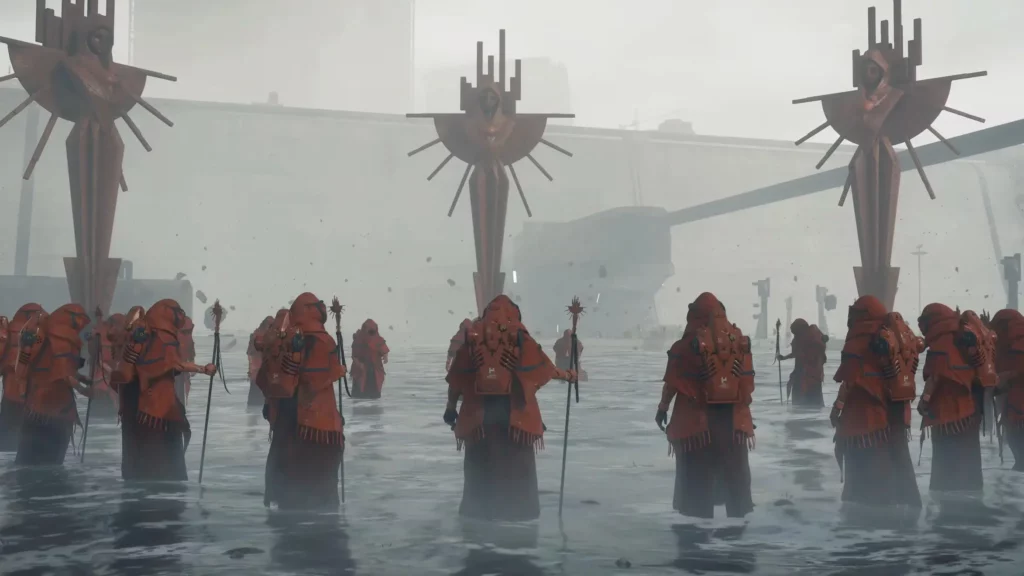
Gameplay: The Heart of Delivery
Death Stranding 2 is a lovely delivery simulator. It takes place in a beautiful version of digital Australia. The players are portrayed as porters carrying loads between the evolving settlements of walled cities and the outdoor environments. The player spends most of the time on the way- Approximately 80 percent of the gameplay is spent, roaming around such areas as snow-capped mountain range to a flooded river valley. Whether it’s stomping along hiking trails, cruising a vehicle on player-built highways, or gliding through monorails built from cooperation, delivering packages is everything. All pieces of cargo are physically stacked on Sam’s back, affecting his balance and weight. Packages, when set down on the rock, might go off and tumble off the cliff into the river and hence, must be recovered.
This mechanic turns every ride into a strategic challenge. Players will have to determine how much cargo to carry and how to stack it, and if they will need to strap it down to prevent losses. The game’s open world is a treat for anyone who is into exploration. Different biomes come with their unique charm and challenges. For example, blizzards will hinder player stamina. Similarly, rivers will try to sweep cargo away and steep cliffs will require careful navigation. Even with the wind at your back, the trek still feels serene and even meditative. Players can use the map to ensure that the weather patterns are good or take a detour to avoid BTs. Players can run into human enemies or ghosts for some added tension. Many people believe the most enjoyable aspect of the game is the cycle of planning, travelling and delivering.
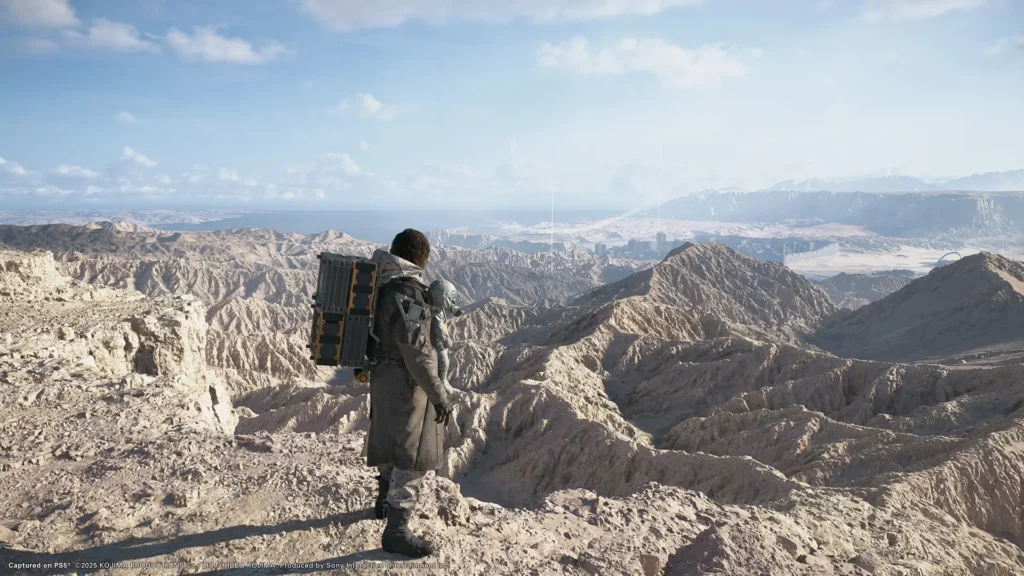
The Asynchronous Multiplayer Magic
Death Stranding 2 has an asynchronous multiplayer system like the original game in which the player interacts via buildings and messages which are shared. You cannot join another player’s world to fight monsters or deliver packages. No direct run-ins happen. Instead, they leave holographic signs, warnings, or encouragements and create infrastructure to help others, like bridges, ziplines, and shelters. You must gather materials, scale cliffs, and work through the weather to build a network of ziplines through mountains. Upon completion, players can zoom between delivery points in minutes, avoiding enemies and treacherous terrain.
When a player makes use of a character’s structure, I receive a notification. If I think it is useful, I can like it. If constructing a vital section of road, or building a well placed shelter, gets you a flood of Likes, why would that not be worth somebody’s while? It is a dopamine loop, like with social media. But less toxic! Working together to restore Australia’s infrastructure definitely creates a sense of community among the players One fun session involved a long time spent installing zips and listening to one of Kojima’s soundtracks. This created an impressive spread of zips which earn a like from other players. By 2025, this collaborative and positive network feels like a gift to gamers.
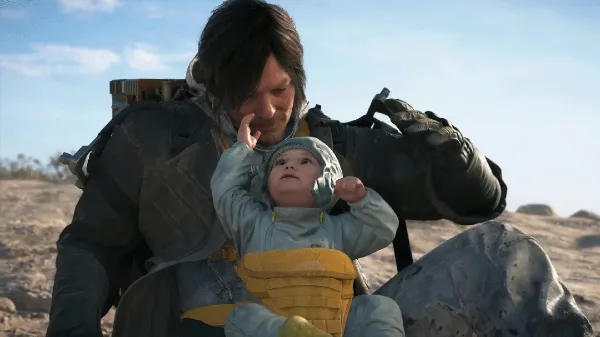
Narrative Complexities and Character Struggles
While the gameplay is great, the story is a bit too much. The plot of Death Stranding 2 includes secret identities and betrayals which are followed by existential questions involving connection. The presence of an in-game encyclopedia that tracks events and characters helps you during story cut-scenes, however, the pacing of the story drags. With many arcs competing for attention, none feel fully developed due to lack of focus. The likes of Fragile, Heartman, and new-comers Tarman, Rainy, Tomorrow, and the ever-dollman provide charm and depth, even if most are rarely seen outside cutscenes. Dollman, a funny figure who is stuck in his wooden doll shape, tags along with Sam throughout, offering zinger dialogue. He is one of the characters that leaves you wanting more, though others don’t get that same treatment.
The game showcases Sam’s reliance on his found family for overcoming trauma and fulfilling his mission, and yet, the absence of their support during the long stretch of deliveries weakens that interpretation. The last act in the finale takes its time to reveal the motivations behind the characters’ actions and their cosmic consequences. Although they are undoubtedly the most memorable, if not some of the wildest, moments in gaming, they feel a little rushed. It seems as if the story is trying to tie everything up in a neat little bow just like that. The game’s marketing asks the question whether humanity’s connections are worthwhile and while there is an answer to this it is a rather ambiguous one. This certain laissez-faire attitude leaves the players with more questions than answers, which can be an unsettling feeling. Although the story had a lot of weaknesses, it was certainly memorable.
Visuals, Sound, and Technical Mastery
Australia’s digital visual extravaganza is nothing short of stunning, with some of the most gorgeous jungles, deserts and mountain ranges. The game looks really good because it can move from exploration to cutscenes quickly. It also looks good because of the cargo management. Kojima’s combination of ambient tracks and evocative songs shifts the mood whether you’re trudging through a storm or racing a monorail. Combat and stealth elements in the game occasionally clash with the primary focus of delivery, diminishing their impact as a whole. For fans of the cargo simulator, these moments are simply minor niggles in a generally polished experience.
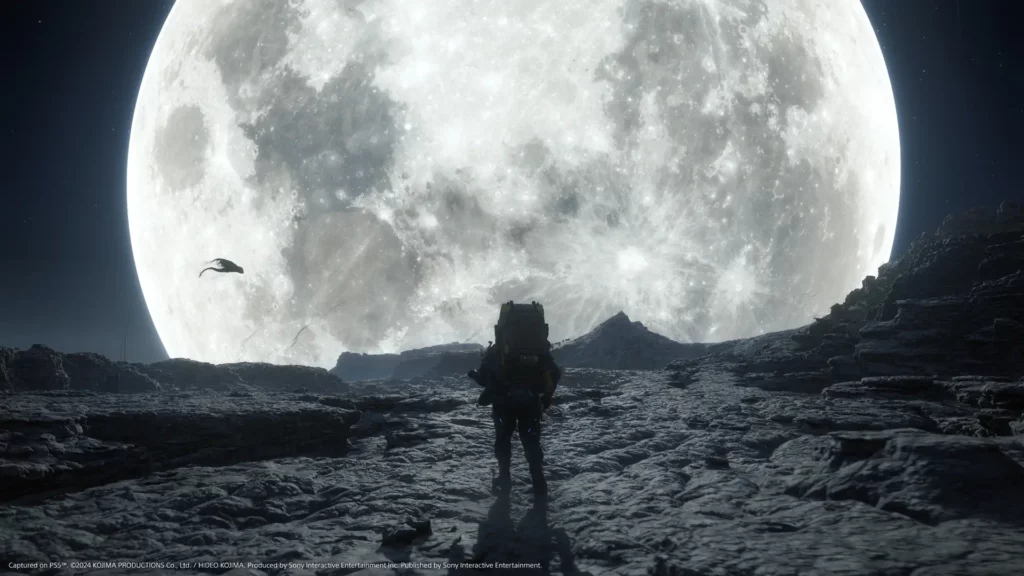
Balancing the Weird and the Wonderful
Death Stranding 2 is a game of contrasts. The way the game delivers its promise (and its multiplayer co-op option) creates an incredibly gratifying loop. Players build, discover and link up. Building a bridge or zipline to help others is very fulfilling, especially with the positive social network that the game provides. However, the complexity and uneven pacing of the story sometimes undermines the experience, as some characters and themes seem incomplete. While there are plenty of jaw-dropping moments in the finale, it lacks cohesion.
It is a sequel that will appeal to fans of the original, expanding the world and refining the mechanics. The happiness of transporting cargo, redeveloping spaces, and getting Likes from other users outweigh the consistency of the story, while the game’s technical achievements make the experience a joy to behold. If you didn’t play the first game or were put off by the oddities present in it, you might find those in the sequel overwhelming. Still, if you’re willing to put up with the oddities, it’s worth taking a chance. The game teases future possibilities for a new edition, which could update the narrative but preserve the essence of discovery and camaraderie.
Final Thoughts for Gamers
Death Stranding 2: On the Beach is an audacious and imperfect masterpiece that shines with its originality. The delivery simulator set in a beautiful open world offers contemplative gameplay for hours while the multiplayer system gives a rare sense of global fraternity. At a cost of $69.99, it is a big buy but will be worth it for fans of Kojima. Although the narrative isn’t as coherent as it should be and the ending happened too fast, anyone going through the movie can’t help but be wowed by it. People that play video games can always find something managable to enjoy, even if the trip doesn’t seem to hit reliably.
